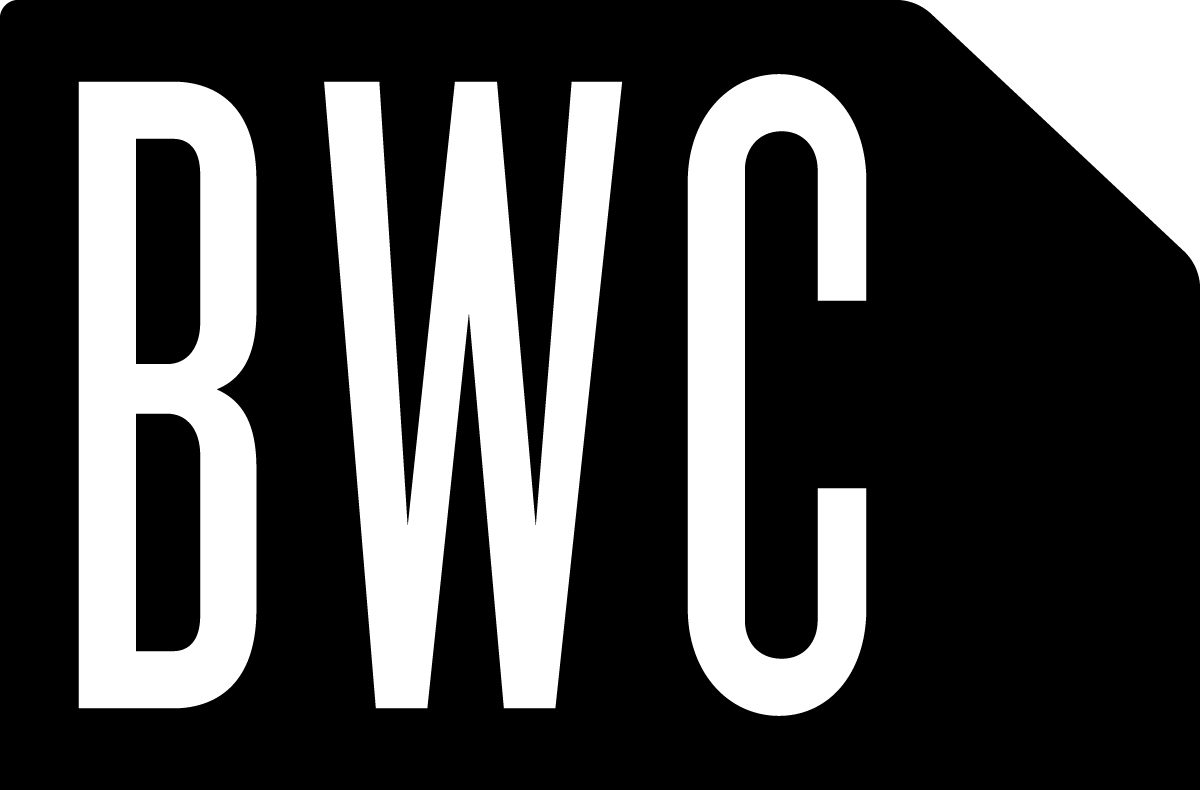Sharing your BIM models isn't what you should worry about...
We are heavy users of Building Information Modeling. We not only share as much information as we can early in the process, we also directly fabricate parts of the project from the very same models. Parts we sometimes hand off to contractors for installation, sometimes it's even just templates and jigs that help the contractor install things faster or better. Anyways, we're very open and share tons across the board with those we work with.
We just gave a talk on what we do at the TAP preview that's part of the larger AIA convention that just breezed through town. When we give talks on what we do, and how we work, we always get one or two Architects saying something to us along the lines of "well, that's great you can work that way, I could never do that because of all the liability" or "if I share my models, I'll just get sued".
While those concerns are legitimate, I do feel that they are overblown. People always fear the unknown, and this whole BIM / IPD workflow is pretty new and uncertain. CNC production is almost jetpack-future territory. However, getting sued over sharing a CAD file or a BIM model with a contractor or fabricator I think is a bit of a boogyman. I have yet to hear of someone getting sued over it, yet everyone is scared of it!
Honestly, the elephant in the room I feel is in the Contract Administration, the Implementation, in the project execution itself. Change orders, omissions, coordination errors, and other big CA problems are all very expensive and very real. And chock full of frightening levels of legal liability. Everyone in the construction industry has heard of someone getting sued over problems like these. It's likely that we'll get sued over one of these at some point in our careers, it's almost impossible to avoid.
Wouldn't you think that having the opportunity to possibly reduce such problems should be taken advantage of as much as possible earlier in the process? Simply using BIM instead of a traditional process we feel helps reduce these problems; IPD and direct CNC fabrication workflows even moreso.
Sharing more information leads to better coordination and therefore less liability we feel. Actually, as an industry, I think that we should embrace a significantly more open workflow, and change how we all work together.
It's a big part of why I left Gensler, and started a design-build firm. I saw an opportunity to embrace this new way of working, and to see where it might go. CNC-enabled Design-Build negates those big worries, and lets us just get down to building great things.
Which is why we all became designers, engineers, or architects in the first place!

